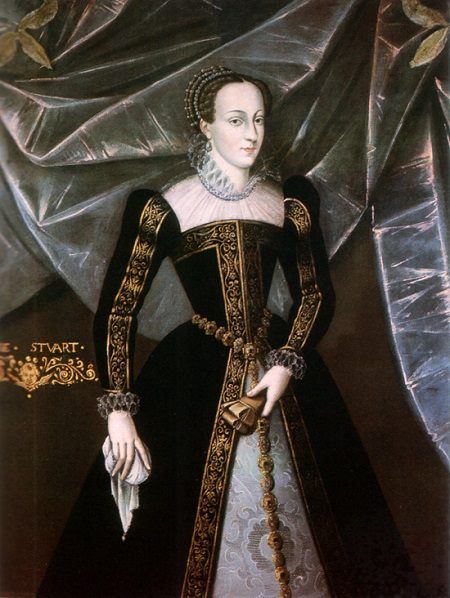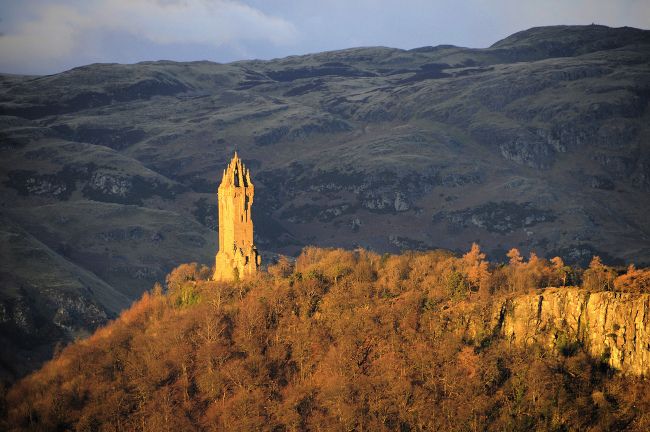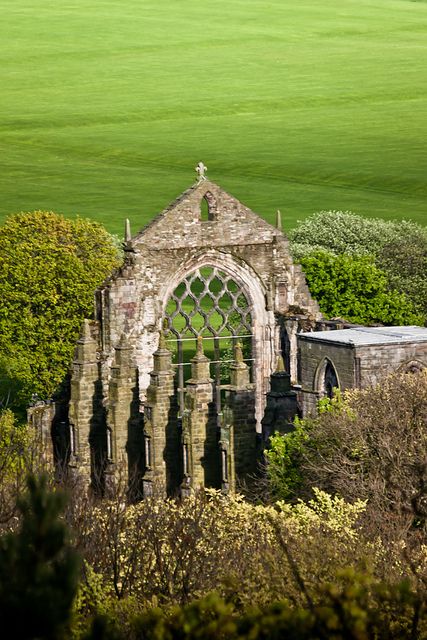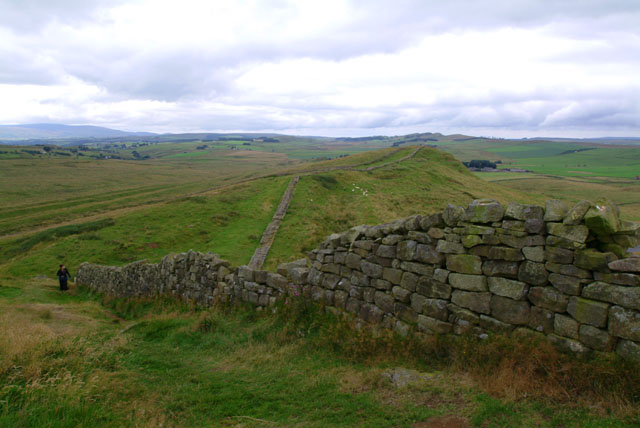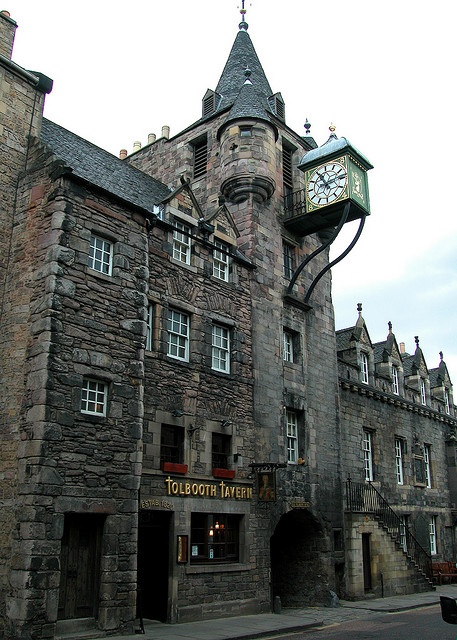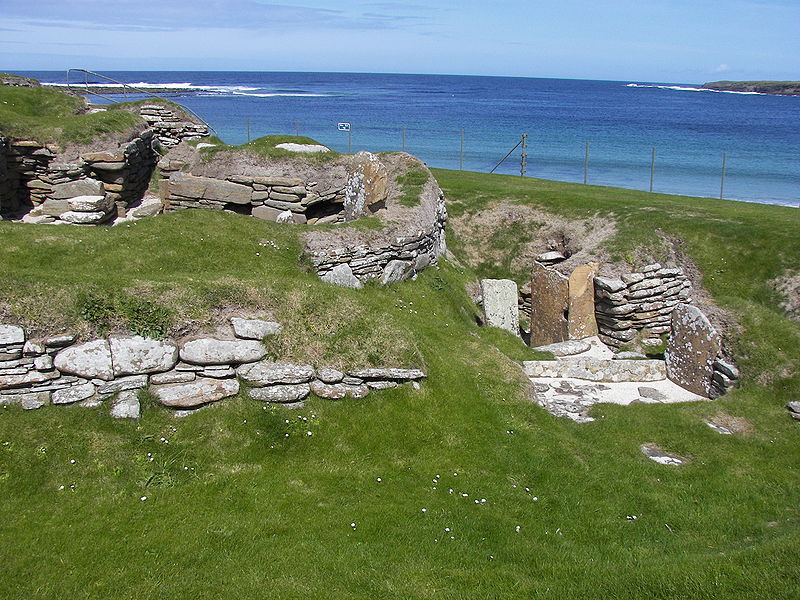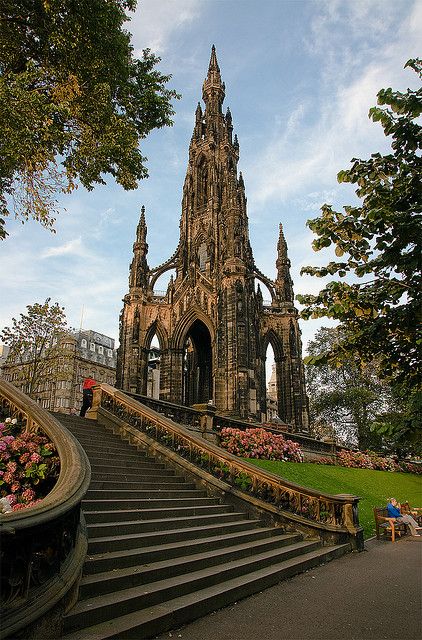https://www.youtube.com/watch?feature=player_embedded&v=cBlRbrB_Gnc
ESPAÑOL INGLÉS
PALABRA Ó FRASE Nº025
‘ANUNCIAR’ verbo
1 (noticia) TO ANNOUNCE: El ministro anunció su dimisión,
the minister annouced his resignation.
2 (producto) TO ADVERTISE: Anuncian muchos productos en la televisión,
many products are advertised on television.
Historia de Escocia
Los 120 kilómetros de la Muralla de Adriano delimitaban la frontera entre Escocia, al norte, y el Imperio romano, al sur, con pequeños fuertes y puertas separados entre sí a una distancia de una milla Romana. El dominio Romano llegó más al norte pero duró poco tiempo.
La historia de Escocia comienza alrededor de 10 000 años hasta el presente, cuando los seres humanos actuales comenzaron a habitar Escocia tras el fin de la glaciación de Würm o Wisconsin, la última era del hielo. De las civilizaciones de la Edad de Piedra, Edad del Bronce y Edad del Hierro que existieron, quedan muchos artefactos, pero quedaron pocos registros escritos.
La historia escrita de Escocia comienza con la llegada del Imperio romano en Gran Bretaña, cuando los romanos ocuparon lo que es actualmente Inglaterra y Gales, administrándola como la provincia romana de Britannia. Hacia el norte era territorio no gobernado por los romanos — Caledonia. Su pueblo eran los pictos. Desde un punto de vista histórico clásico, Escocia parecía un país periférico, lento para conseguir avances que se filtraban de la fuente de la civilización mediterránea, pero como el conocimiento del pasado crece, se ha hecho aparente que algunos desarrollos eran más primitivos y más avanzados de lo que se creía anteriormente y que los mares fueron muy importantes para la historia escocesa.
Desde el comienzo del siglo VIII hasta el siglo XIII fueron los celtas quienes estaban a cargo de la corona escocesa; el primer rey escocés fue Kenneth MacAlpin, que comenzó en el 840, y el último fue Alexander III, que finalizó su reinado en el 1249. Tras la colonización normanda, fueron ellos quienes dominaron el país (1286-constitución del voto).
Debido a la orientación geográfica de Escocia y su fuerte confianza en las rutas comerciales marítimas, éste tenía vínculos cercanos en el sur y este con los países bálticos, y con Francia a través de Irlanda y el continente europeo. Tras el Acta de Unión y la subsecuente Revolución industrial e Iluminación escocesas, Escocia se convirtió en una de las potencias comerciales, intelectuales e industriales de Europa. Su declive industrial seguido de la Segunda Guerra Mundial fue particularmente agudo, pero en décadas recientes el país ha gozado de algo de renacimiento cultural y económico, alimentado en parte por un resurgimiento de los servicios financieros, los ingresos del petróleo y gas del Mar del Norte y más recientemente, un parlamento devuelto.
Prehistoria
Se ignora si Escocia estuvo habitada durante el Paleolítico, ya que las sucesivas glaciaciones que cubrieron su actual territorio podrían haber destruido todas las evidencias de asentamientos humanos anteriores al periodo Mesolítico. Se cree que los primeros grupos de cazadores-recolectores llegaron hace unos 11.000 años, cuando los hielos de la primera glaciación comenzaron a retirarse hacia el norte. Los primeros asentamientos aparecieron en el territorio escocés hace aproximadamente 9.500 años, y los primeros pueblos hace unos 6.000. De este periodo data por ejemplo el asentamiento de Skara Brae, en la más grande de las islas Orcadas, que se encuentra en muy buen estado de conservación, así como otros restos de viviendas, enterramientos y centros rituales del Neolítico encontrados sobre todo en las islas escocesas. Esta abundancia de construcciones que han sobrevivido al paso del tiempo puede deberse a la ausencia de árboles en la zona, que permitió a los pobladores primitivos crear construcciones en la propia roca local.
=============================EN INGLÉS================================
History of Scotland
The 120 miles of the Hadrian’s Wall delimiting the border between Scotland, the north and the Roman Empire to the south, with small doors strong and separated from each other at a distance of a Roman mile . The domain Romano came further north but did not last long.
The history of Scotland begins around 10,000 years before the present, when modern humans began to inhabit Scotland after the end of the Würm or Wisconsin glaciation , the last ice age. Civilizations of the Stone Age , Bronze Age and Iron Age that existed, there are many artifacts, but there were few written records.
The written history of Scotland begins with the arrival of the Roman Empire in Britain, when the Romans occupied what is now England and Wales, administering it as the Roman province of Britannia. To the north was territory not governed by the Romans – Caledonia . His people were the Picts . From a classic Historically, Scotland seemed slow to make progress that filtered source of Mediterranean civilization, but as the knowledge of the past grows, peripheral country has become apparent that some developments were more primitive and more advanced than previously thought and that the seas were very important to Scottish history.
From the beginning of the eighth century to the thirteenth century were the Celts who were in charge of the Scottish crown; was the first Scottish king Kenneth MacAlpin , which began in 840, and the last was Alexander III, ending his reign in 1249. After the Norman colonization, it was they who dominated the country (1286-constitution of the vote).
Due to the geographical orientation of Scotland and its heavy reliance on maritime trade routes, it had close ties to the south and east by the Baltic countries, France and Ireland and across Europe. After the Act of Union and the subsequent Industrial Revolution and Enlightenment Scottish, Scotland became one of the commercial, intellectual and industrial powerhouses of Europe. Its industrial decline followed the Second World War was particularly sharp, but in recent decades has the country enjoyed something of a cultural and economic renaissance, fueled in part by a resurgent financial services, oil and gas revenues from the North Sea and most recently, a parliament returned.
Prehistory
Ignored if Scotland was inhabited during the Paleolithic , and that successive glaciations that covered its current territory could have destroyed all evidence of human settlement period preceding the Mesolithic . It is believed that the first groups of hunter-gatherers arrived about 11,000 years ago, when the ice from the first ice began to retreat northward. The first settlements appeared on the Scottish mainland about 9,500 years ago and the first villages around 6,000. From this period dates for example the settlement of Skara Brae , the largest of the Orkney Islands , which is in very good condition and other remains of houses, burial and ritual centers of Neolithic found mainly in the islands Scottish . This abundance of buildings that have survived the passage of time may be due to the absence of trees in the area, which allowed early settlers to create buildings in the local rock itself.

